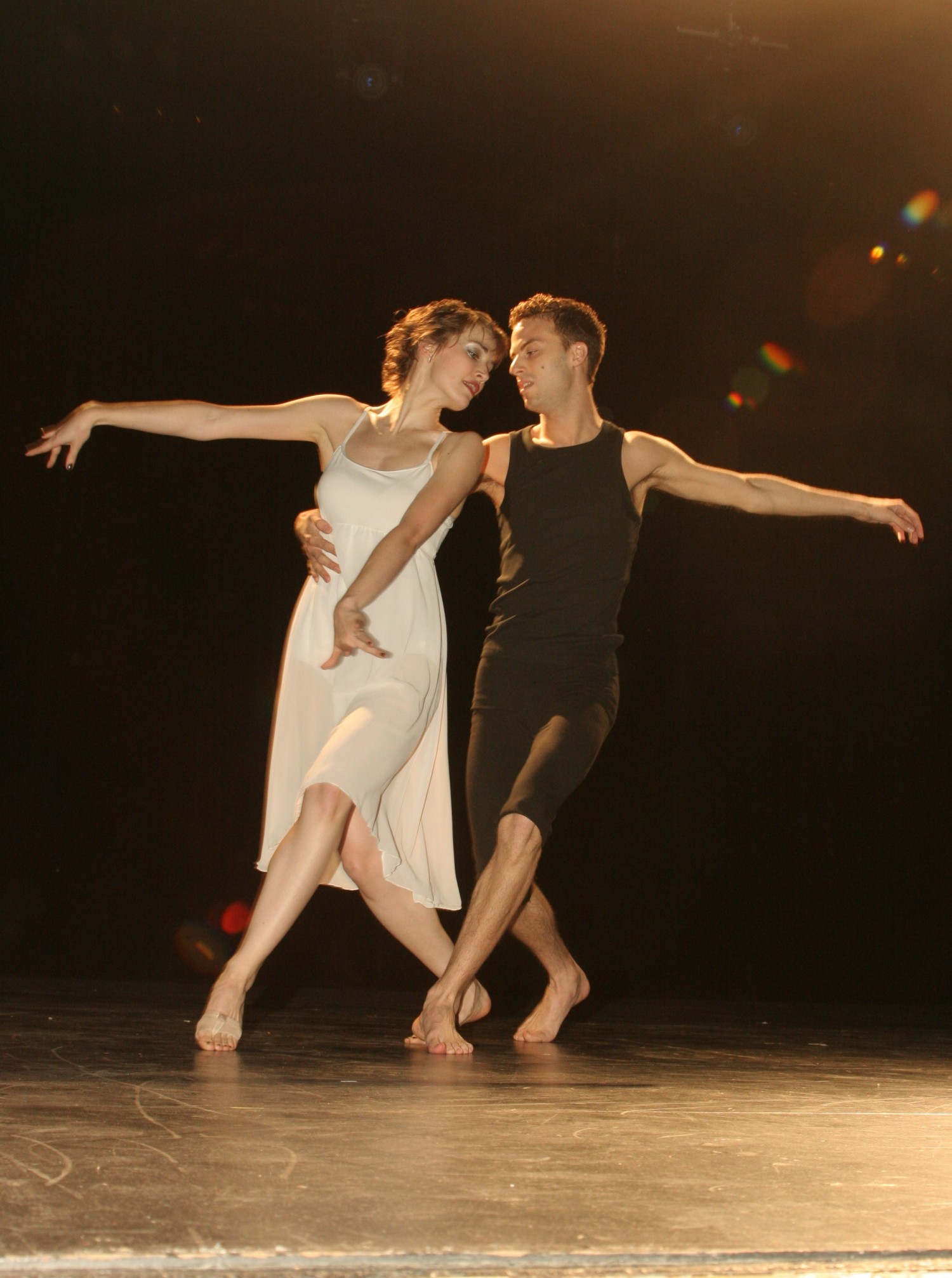Dancetiquette: How to Work With Any Partner

If what doesn’t kill you, makes you stronger, then partner dancing will either give you new ways to work with others… Or end with your hands around each other’s necks. Dancing with a partner is an intimate experience, and thinking about each other’s feelings will avoid a lot of trouble. So, what are unspoken, spoken, and sometimes screamed rules of partner dancetiquette?
Finding Good Things To Say
It’s always easier to focus on the things that need work, and it’s always easier to see them in your partner. If left unchecked, partnerships can turn into shouting matches where each side blames the other for what went wrong. Soften any critique with a compliment sandwich: compliment, critique, then compliment again. Look for the things they do right, as well as what they do wrong.
Before You Accuse Me…
And, while we’re talking about pointing fingers, remember that most ‘mistakes’ are a cooperative effort. Sure, he might be stepping on your toes, but are you moving back fast enough? Make sure you are hold up your end of the partnership.
The Right Way to Suggest Improvement
When you mention something they could work on, remember that, especially in Canada, we are VERY sensitive to direct criticism. Describing the issue in terms of how it feels for you, using cooperative words like ‘why don’t we…’ and ‘could we try…’, and including something you can do on your end to make it a compromise are all wise choices. Getting angry, accusing your partner, and using attack words like ‘why did you…’ and ‘you need to do this…’ is guaranteed to leave anger simmering beneath the surface.
Good: ‘It felt like that last turn was a bit strong for me. Could we try that turn again with a softer lead, and I’ll tighten my frame so it doesn’t surprise me?’
Less good: ‘Ouch, it felt like you almost ripped my arm off! Why do you have to be so rough turning me?!’
Leader’s, Enunciate!
Dancing is a conversation, and we all want to be Shakespeares, not alley drunkards. That means clarity, leaders. Finishing each step before you start the next one, slowing down to stay with the music (we usually speed up when thinking hard), and especially giving our partner time to complete their turns before the next movement, helps her understand our body language.
Follower’s, Interpret!
You are dance translators, with the option of being creative. You don’t have to laugh at another person’s joke, but don’t guffaw before they’ve finished talking. To reuse the conversation metaphor: when both sides are trying to talk, no one is heard. Likewise, wait for your partner’s lead, regardless of whether it’s strong or weak, on or off the beat, then make the most of it.
It’s All About Balance
If your partner is your crutch, what will happen if they lose their balance? We don’t want to weigh down our partner; we need to stay balanced to maximize our creativity and fun on the floor. Rely on each other for guidance and direction, but nothing more.
About the Author
Ian Crewe has been dancing ballroom for almost 20 years, and has a Licentiate in American smooth and rhythm. His passion for dance and his endless seeking for ways to reach new audiences eventually led him to blogging and the World Wide Web. Ian currently teaches at the Joy of Dance Centre, Toronto, ON, Canada.

